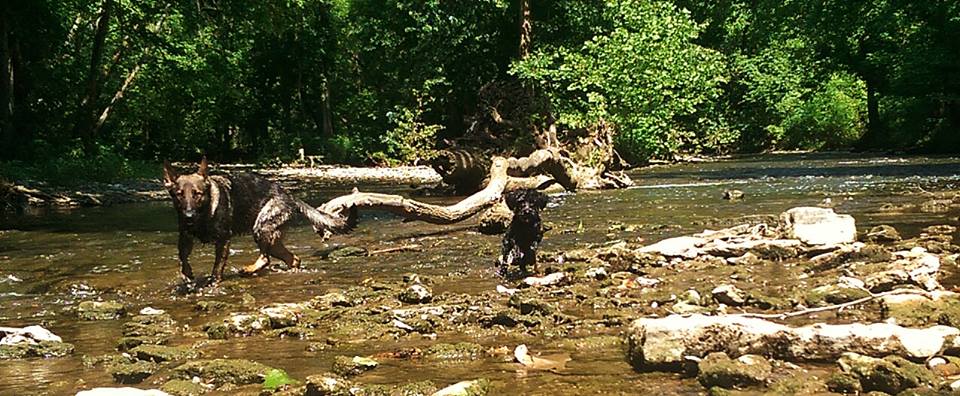|
Dogs are social animals that appreciate being understood as much as anyone so sometimes when we are baffled by our pets behavior we may need to look at the basics again. I have a lot of clients who come to me with no way to communicate with their dogs and feel like it's the fault of the dog or the clients blame themselves. Instead of blaming yourself you simply improve you communication and you will see results right away. I've decided to write down some of my favorite ways to increase communication and improve your skills with simple exercises.
Adam Madore
professional dog trainer with Artisan dog training Lexington / Nicholasville
2 Comments
Leave a Reply. |
AuthorAdam Madore is a dog trainer with a passion for training and dogs in general. Archives
July 2014
CategoriesAll Aggressive Dogs Anxiety Chewing Contest Dog Training Drawing Faq Feeding Food Free General Obedience General Tips Gift Card Potty Training Puppy Seperation Socialization |
Search by typing & pressing enter


 RSS Feed
RSS Feed
